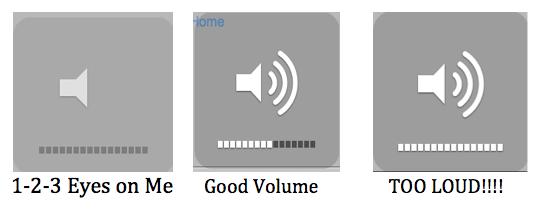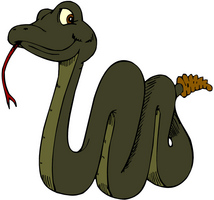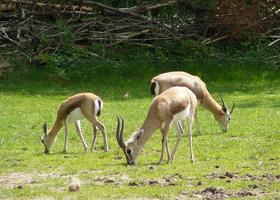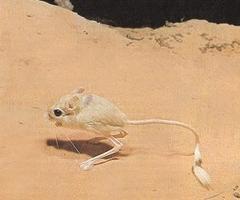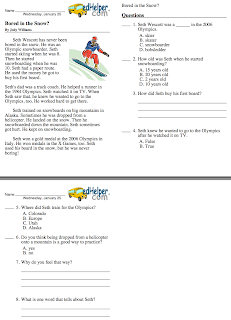| Deep Sea Diners: The Eating Habits of an Octopus
By Erin Horner |

|

1 Have you
ever seen someone eat crab legs? It is a lot of hard work. It takes
two hands to enjoy this messy meal. Octopuses like to eat crab legs.
They like to eat the rest of the crab too! They might not have two
hands, but they do have eight arms. It's a good thing they do because
they use all eight of them to find and eat their food.
2 Octopuses eat many kinds of sea creatures. They prey on crabs, crayfish, and mollusks. They also eat shrimp and small fish. To find food, an octopus reaches in between rocks with the tips of its arms. When it finds an animal to eat, the octopus uses its strong suckers to grip it. Then it uses its beak to crush the prey. Finally the radula, or tongue, scrapes up the food and pushes it into the octopus's mouth.
3 At first glance, a common octopus might not seem like a dangerous predator. Crabs and other sea creatures, however, know the truth. Octopuses are smart and tricky animals. They know just how to capture their prey. They also know how to dine on delicious seafood dinners deep down in the sea.
2 Octopuses eat many kinds of sea creatures. They prey on crabs, crayfish, and mollusks. They also eat shrimp and small fish. To find food, an octopus reaches in between rocks with the tips of its arms. When it finds an animal to eat, the octopus uses its strong suckers to grip it. Then it uses its beak to crush the prey. Finally the radula, or tongue, scrapes up the food and pushes it into the octopus's mouth.
3 At first glance, a common octopus might not seem like a dangerous predator. Crabs and other sea creatures, however, know the truth. Octopuses are smart and tricky animals. They know just how to capture their prey. They also know how to dine on delicious seafood dinners deep down in the sea.
Go to the following link to answer comprehension questions:
